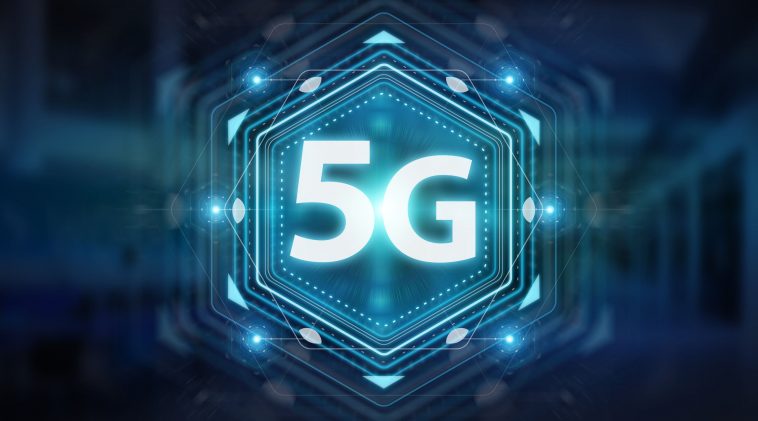Would you consider 5G the future of internet connectivity? Whether you’re aware of it or not, we’re living in the age of data. Almost all current and future technologies need to connect before data can be transmitted. Some of these technologies include Alexa and even self-driving vehicles. Other examples include:
- Multiplayer gaming that depends on split-second responses, It is even already a multi-billion dollar industry.
- Crash avoidance systems for cars as well as public transport
- Autonomous parking. This also works with close interaction between the automobile (cars, buses, trains) and the building as well.
- Advanced monitoring of patients through sensors on wearable technologies
- Real-time clinical decisions as well as remote surgery
- High-resolution video streaming. This becomes even more important when 4k and 8k resolution screens start to spread a lot more.
These areas are where 5G truly shines.
5G, The Future
With all the buzz surrounding 5G, every company is jumping on the train. It seems they are trying to make waves with the new technology. For instance, Major U.S. telecommunications companies like Verizon and AT&T announced plans to launch 5G service by early 2019. Ericsson is also not left behind. The company is building out 5G as a global standard across all continents. Other notable market leaders in the space include Nokia, ZTE, Qualcomm, and Samsung. DASAN Zhone Solutions just recently announced a 3-year partnership with LG U+ to supply 5G solutions in South Korea. These are just a few companies that have started to embrace the 5G phase. Huawei is currently the leading brand for 5G as they have a significant 28% market share in the industry.
However, regardless of the fervent press coverage in a seemingly crowded space, one thing is missing. No one really discusses the fact that the cost of the upgrade is very high. The truth is, in order to provide a network that is robust enough to meet consumer and business demand, players in this space have to spend a lot. They can expect a combined research and capital spending outlay of an estimated $200 billion a year. From an infrastructure perspective, what a 5G upgrade means is very significant. It means more cell towers, each interconnected with very expensive fiber optic cables.
How does 5G work? Why is it so Expensive?
To understand how 5G works, it’s important to understand what ”latency” is. Latency is simply referred to as the time it takes for a packet of data to move from a source to a receiver. For instance, 4G LTE, while fast, has a latency of 80-100 milliseconds. However, 5G, on the other hand, cuts latency down to 1–2 milliseconds. This is almost 100x better than 4G.
To achieve these higher speeds, a high-energy bandwidth with greater frequency is utilized. This, in turn, allows the network to carry much higher amounts of data. So, since the energy loss is also proportional, it causes a relevant reduction in the range. The best way to oppose this is through a denser, fiber-rich network infrastructure.
What are Fiber optics?
Technically, fiber optic cables are glass/plastic wires with refractive inner surfaces. Thus, light travels along these wires and transmits data from one end to another. How fiber optics works are through the principle of total internal reflection. Thus, making sure ensuring that data loss is slight. Features of this material include:
- Higher bandwidth. Thus, allowing it to carry more data
- Lower sensitivity to interference. This is simply as a result of lower resistance as well as zero interference from magnetic waves
- Digital data transfer over the analog data transfer
- Fiber optics are thinner and lighter than metal wiring
- A longer lifecycle
The turnoff, however, is that these cables are much more fragile than their metallic counterparts. Thus, reducing the flexibility to splice one and connect it to another using a regular wire stripper. Additionally, they are also more expensive to install.
At the moment, the backbone of our mobile infrastructure is already using fiber optics. It connects mobile switching stations for wired data transfer. This part of the infrastructure, commonly known as the ‘backhaul’, is responsible for connecting each call to the right phone.
What happens when Fiber optics are used?
With 5G, the amount of data being transferred increases greatly. To make sure that the whole network responds with latency and as well, the capacity that 5G promises, then, this section of the network also needs to be upgraded to fiber.
Does the world need 5G right now?
In this article, we have written more about the supply side of 5G. We are also not neglecting the demand side. Developed countries like the US and Europe are examples of places areas where 5G is most likely to be technologically useful. Already, the industry is highly saturated and getting new subscribers is difficult without competing on price.
Based on history, 1G to 4G has been a pretty straightforward evolution. This is when you look at it from the point of view of business and technology. Revenue grew proportionate to the usage. However, for 5G, it is not clear whether it will translate into more revenue until maybe 5 or 10 years from now.
For instance, some of the 5g-enabled applications like the ones we listed early are still in the infancy state. It may take years to come to the market and may have less return in profit. Also, any consumer mobile upgrade to 5G would mean changing your phone altogether to enjoy it. This may be a tough choice especially in the instance where the benefits are not cited. Truly, it is not a surprise to see companies like Apple delay 5G adoption until 2020. This is simply to allow for the technological finishings to be worked out. In addition, is the opportunity for more widespread availability.
Conclusion
A recent survey by Deloitte predicts that by the end of 2020, 5G mobiles will account for 15–20 million devices. The sales are expected to cross 100 million by 2021. Although that number is still under 5% of total industry sales. 5G is here and the hopes are very high. One thing is for sure. With the widespread of 5G, it’s going to bring massive results in technology.



